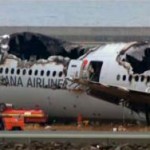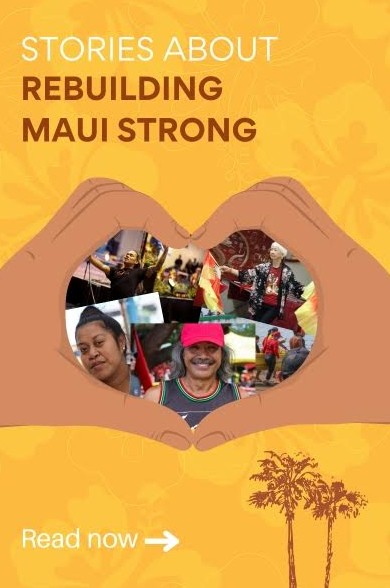 An article in the Korea Times examines how race and cultural issues have influenced both news coverage and discussion on social media of the Asiana air disaster.
An article in the Korea Times examines how race and cultural issues have influenced both news coverage and discussion on social media of the Asiana air disaster.
As its been widely reported, KTVU in San Francisco incorrectly reported the names of the pilots on Asiana Flight 214, using racially offensive names as the supposedly “confirmed” names of those pilots.
The Twittersphere was filled with racist tweets and jokes about the “bad driving habits” of Asians.
Before all that, the banner headline in the Chicago Sun-Times read Fright 214, a headline defended as a creative pun but ridiculed as a poke on Asian accents.
There have been other articles that tried to draw a connection between the social niceties in Korean culture and the communication between the cockpit and the control tower in the moments before the crash.
“The speed with which people leap to cultural values and cultural difference when analyzing events related to Asians is distressingly fast, and representative of the ongoing beliefs that Asians are alien, remote and exotic in ways that Westerners can’t immediately comprehend, and also that Asians behave and respond in ways that are more homogenous than Westerners — that all Asians are somehow alike,” said Jeff Yang, an Asian American blogger and commentator for the Wall Street Journal.
Sharon Heijin Lee, assistant professor of Social and Cultural Analysis at New York University, put it this way:
“These types of comparisons minimize the actual existence of hierarchies within the U.S.”
In a commentary for the journalism institute, Poynter, Paul Cheung and Bobby Caina Calvan stressed that having more diversity in newsrooms across the country could improve overall coverage.
“Improved diversity among all ranks in our newsrooms — from reporters and producers to editors and managers — would help our industry improve its coverage of all our communities and increase the likelihood of preventing mistakes or inaccurate facts from being published or broadcast.”
You can read more in the Korea Times



